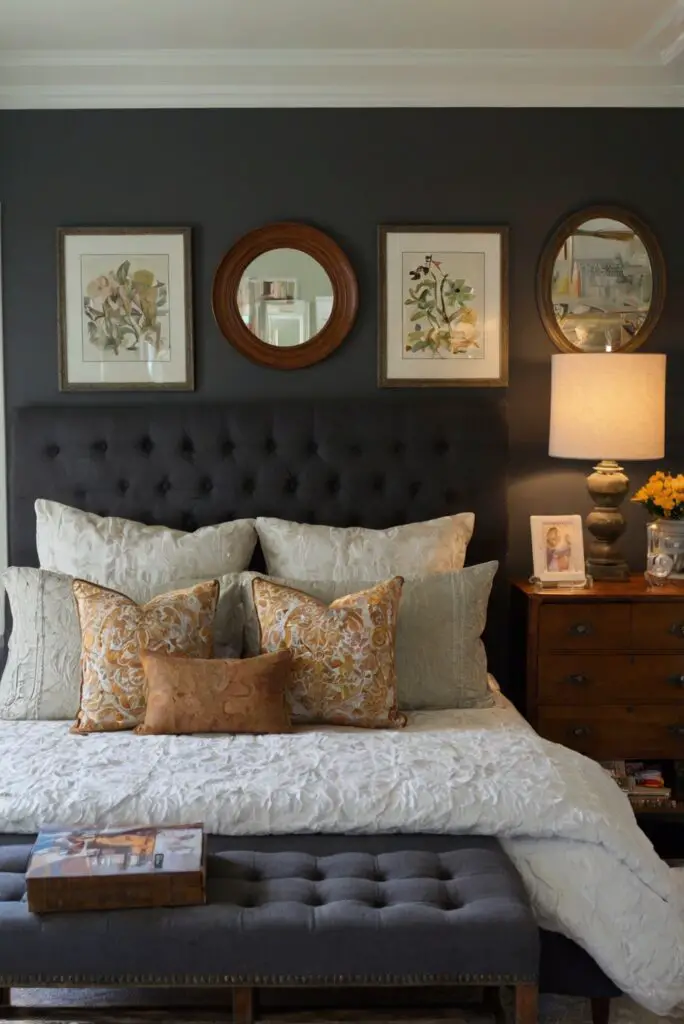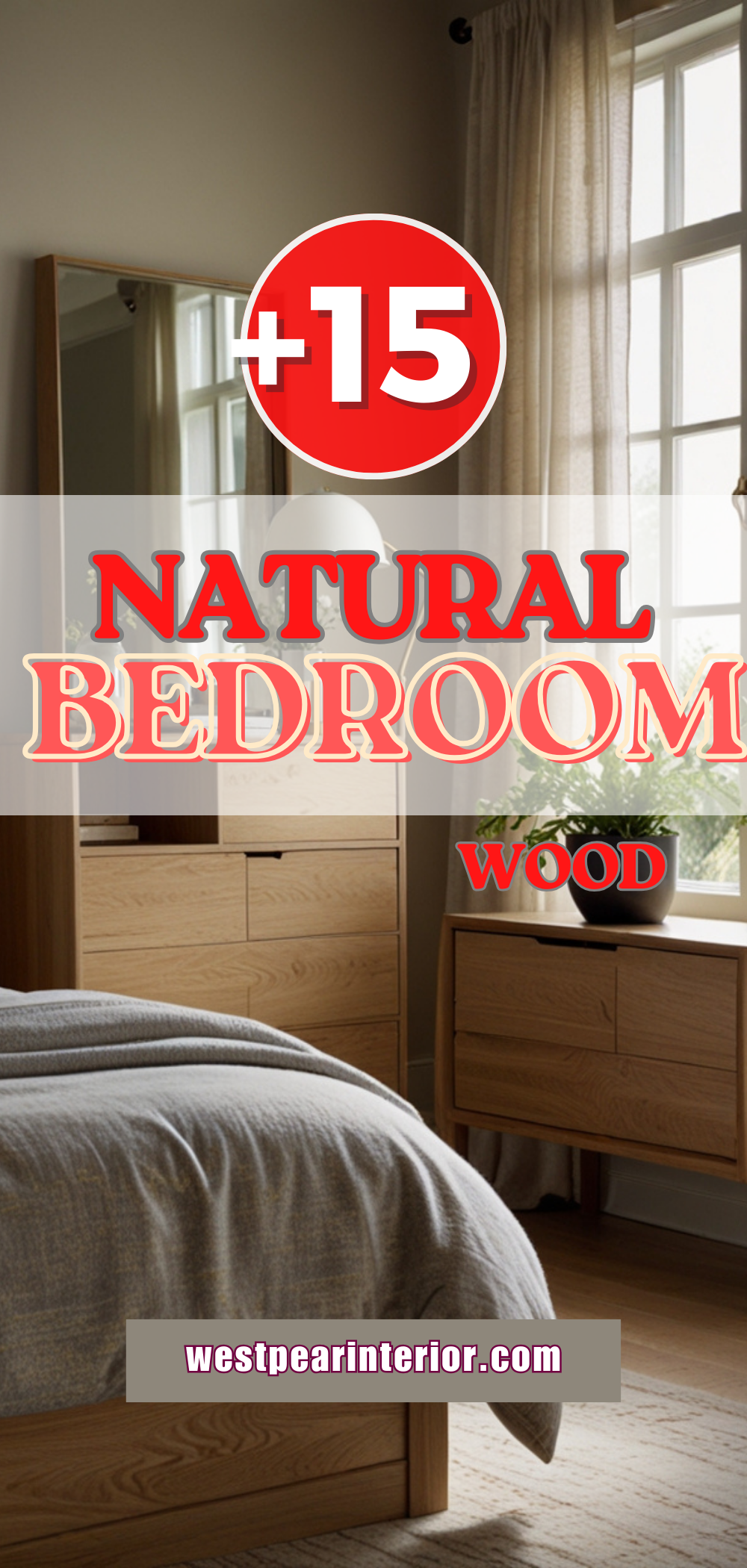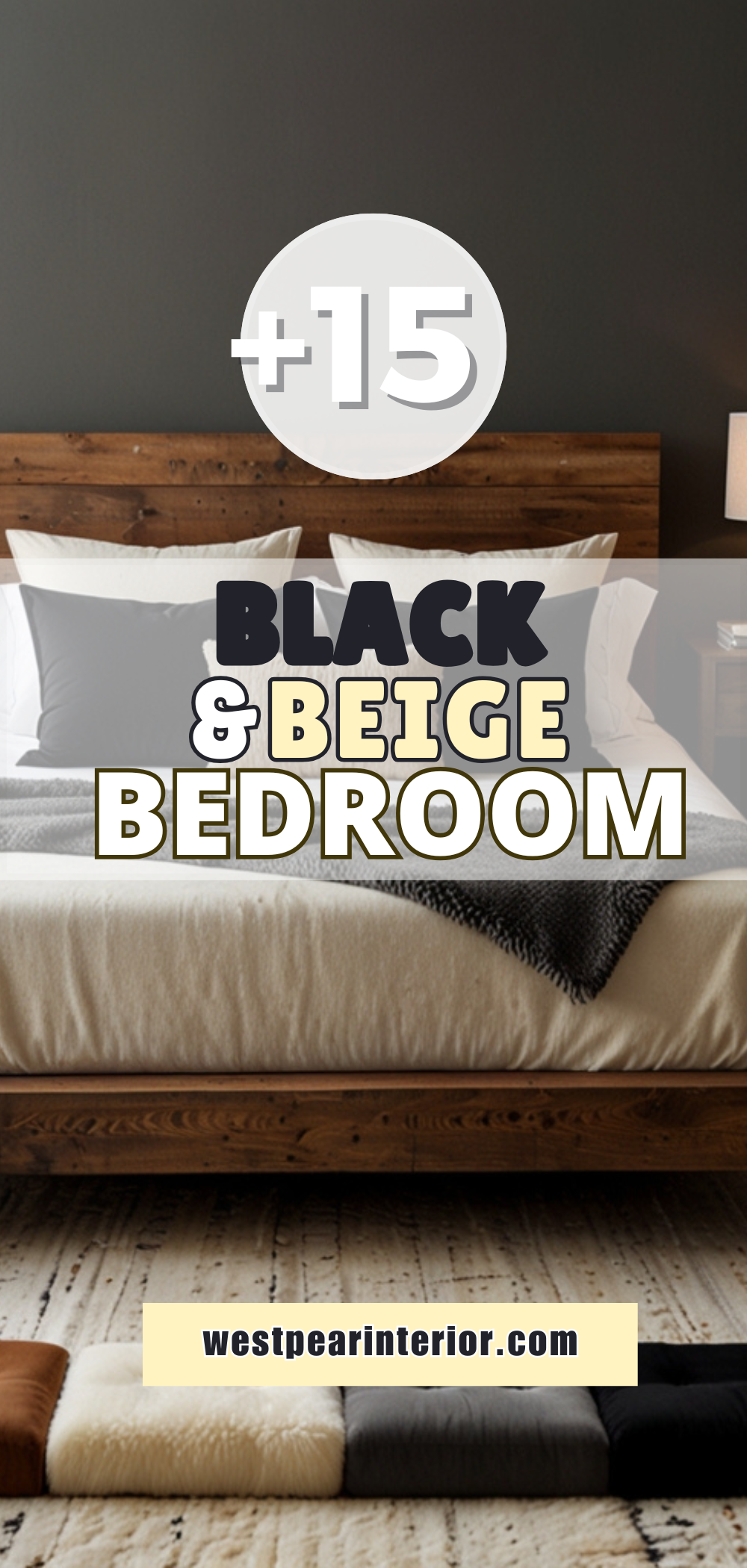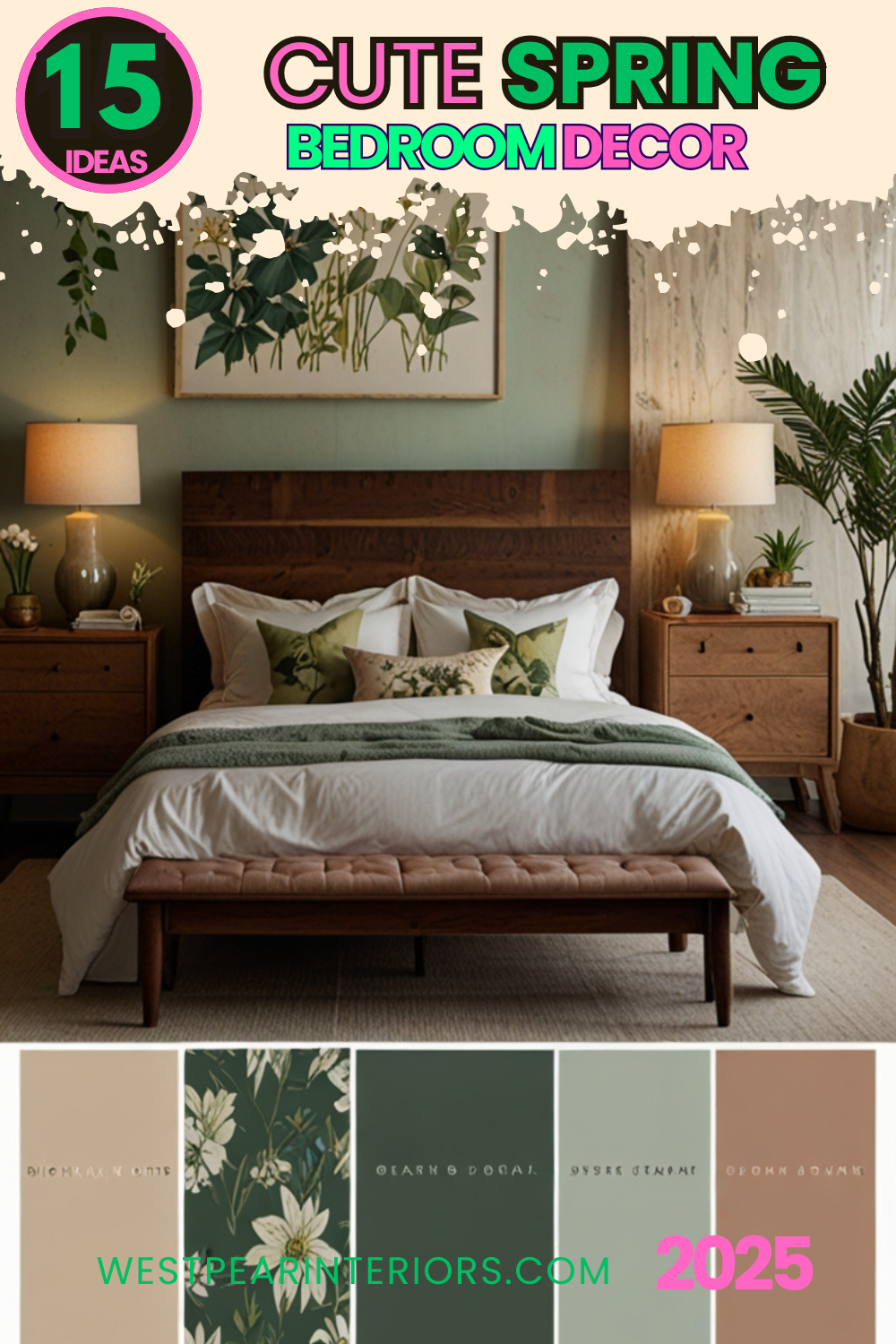Discover ingenious tips to transform your bedroom into a practical sanctuary. Make the most of your space with these expert hacks.
To make your bedroom more functional as a daily routine with an interior designer, start by decluttering the space and organizing items for easy access. Utilize space planning techniques to optimize the layout of your furniture and storage units. Consider incorporating multifunctional furniture pieces and smart storage solutions to maximize space efficiency. Select a color palette that reflects your personal style and promotes a cozy ambiance for the room. Consult with a designer for expert advice on color matching and paint selection. Use primer paint for walls to ensure a smooth and lasting finish. Incorporate elements of home decor interior design that enhance both functionality and aesthetics, such as designer wall paint and coordinating accessories. Regularly update and maintain the space to keep it looking fresh and inviting.
The key to maximizing storage space in your bedroom is to think vertically. Utilize the height of the room by investing in tall bookshelves, wall-mounted shelves, or a floor-to-ceiling wardrobe. Choosing furniture with built-in storage, such as beds with drawers underneath or ottomans with hidden compartments, can also help declutter your space. Consider using storage boxes, baskets, or bins to keep smaller items organized and out of sight.
When it comes to making your bedroom more functional, consider multi-purpose furniture pieces. For example, a bed with a built-in desk or a nightstand with storage compartments can serve dual purposes and save space. Think about adding hooks or wall-mounted racks to hang clothes, bags, or accessories to free up floor space. Consider investing in furniture that can be easily moved around to change the layout of your room when needed.
My Lovely Spring Paint for 2025
Ready for a Spring Makeover? Explore the Freshest 2025 Paint Trends!
White Sage/Green SW Pistachio green Soft blue Honeysweet/Orange Pink Sugar Sage Tint BMAs an Amazon Associate, I may earn a commission from qualifying purchases at no extra cost to you.
Adding a desk or workspace to your bedroom without cluttering the space is possible with some strategic planning. Choose a desk that fits the dimensions of your room and consider a wall-mounted option to save floor space. Keep the desk organized by using organizers, trays, or shelves to store office supplies. Consider a fold-down desk that can be tucked away when not in use. Make sure the desk complements the overall design of your bedroom to create a cohesive look.
Choosing the right color palette for your bedroom can significantly impact its functionality and overall design. Opt for light, neutral colors to create a sense of space and calmness. Consider using a monochromatic color scheme to create a cohesive look or add pops of color with accessories or accent walls. Keep in mind that different colors can evoke different moods, so choose shades that promote relaxation and rest. Experiment with different color combinations to find what works best for your bedroom.
Essential furniture pieces for a functional bedroom include a comfortable bed, adequate storage solutions, a bedside table, lighting fixtures, and seating options. Invest in a high-quality mattress and bedding for a good night’s sleep. Consider storage options such as a wardrobe, dresser, or under-bed storage containers to keep your belongings organized. A bedside table with storage can hold essentials like books, glasses, or a lamp. Lighting fixtures such as overhead lights, bedside lamps, or wall sconces can create ambiance and improve functionality. Adding a chair, bench, or ottoman can provide a cozy spot for reading or relaxation.
My fAV Spring DECOR for 2025
Discover Spring’s Best 2025 Decor Combinations – Perfect for Any Room!
Oversized Indoor Plants White Curved Sofas Rugs BOH Brown Cream Moroccan Hype Boho Rug Outdoor Patio Furniture Sets Topfinel Pillow CoversAs an Amazon Associate, I may earn a commission from qualifying purchases at no extra cost to you.
Specific lighting fixtures can improve the functionality of your bedroom by providing adequate illumination for different tasks and creating ambiance. Consider layering your lighting with a mix of overhead lights, task lighting (such as desk lamps or reading lights), and ambient lighting (such as wall sconces or dimmable lights). Use dimmer switches or smart lighting systems to adjust the brightness levels based on your needs. Position lights strategically to avoid shadows and glare, especially around workspaces or reading areas. Choose energy-efficient bulbs that mimic natural light to create a welcoming and functional atmosphere.
Creating a more organized layout in your bedroom can make it more functional and visually appealing. Start by decluttering and removing items that you no longer need or use. Arrange furniture in a way that promotes easy movement and access to essential items. Consider the flow of the room and leave enough space between furniture pieces for a comfortable walkway. Use visual cues such as area rugs, curtains, or room dividers to define different zones within the bedroom. Experiment with different layouts until you find one that maximizes space and enhances functionality.
When making your bedroom more functional, consider incorporating smart storage solutions, multi-purpose furniture, and strategic lighting to optimize space and create a cohesive design. Think vertically to maximize storage space, choose furniture pieces that serve dual purposes, and keep the layout organized to enhance functionality. Experiment with color palettes, lighting fixtures, and furniture arrangements to create a bedroom that is both practical and visually appealing.
To summarize, here are the key takeaways for making your bedroom more functional:
– Maximize storage space by thinking vertically and using multi-purpose furniture.
– Incorporate a desk or workspace that complements your room’s design.
– Choose a soothing color palette for a functional and cohesive look.
– Essential furniture pieces include a comfortable bed, storage solutions, lighting fixtures, and seating options.
– Use specific lighting fixtures to improve functionality and ambiance.
– Create an organized layout to enhance functionality and visual appeal.
By following these strategies and tips, you can transform your bedroom into a functional and stylish space that meets your needs and enhances your daily routine.







